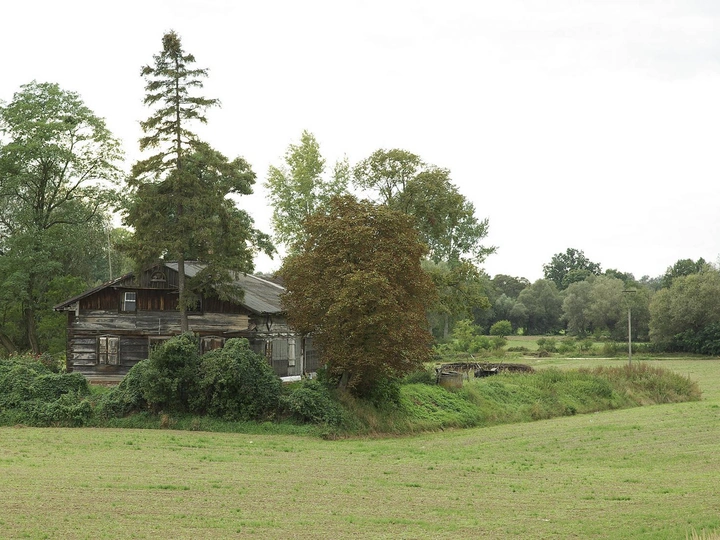Architecture and Ecologies of Slavic Rituals.

Natasza Minasiewicz is an architect and researcher at the Urban Ecologies Design Lab, Faculty of Architecture, The University of Hong Kong. Her design, writing and teaching explore the relationship between landscape and architecture through the dynamic flows of resources and time.
Her independent work can be found in the permanent collection of the M+ Archives and Library, Asia Art Archive and Canadian Centre for Architecture, and was exhibited at the 19th and 17th International Architecture Exhibition, La Biennale di Venezia, Hong Kong Pavilion (2025, 2020), ‘Fragments of Curiosities’ at Hart House (2024) and ‘Re-locations’ at Anita Chan Lai-Ling Gallery (2024). She currently teaches at the Landscape Division at The University of Hong Kong.
Natasza was born in Warsaw, Poland and received an MSc of Architecture and Urban Planning from TU Wrocław. Since 2013 she lives and works in Hong Kong, while remaining professionally engaged in Poland.
Polish culture has historically adapted to climate variability through a blend of religious, agricultural, material, and social practices, often intertwined with the yearly cycle of nature. These rituals, rooted in pagan traditions and later integrated with Christianity, helped communities cope with weather-related uncertainties and celebrate seasonal changes. According to R. Wuthnow, the pre-Christian moral code defined the whole of reality—including material reality—as sacred. As a result, all construction and landscaping activities were regarded as sacred and required specific rituals to re-create cosmic balance. These rituals were functional, processual, and integrated within the ecosystem of the environment.
An archeological archive of designs, experiments, and technologies—enriched with novel narratives, case studies, and disciplinary adjacencies—can be especially relevant in exploring usable pasts to address contemporary challenges in practice. What are these stories, what is their relevance, and how can they be told?
As a researcher and architect in Hong Kong, I have encountered similar customs—such as Feng Shui—in the context of high-density cities. For example, my photographs of the ‘dragon gates’ have recently been featured in the catalogue of ‘Lares and Penates,’ an exhibition at the Polish Pavilion of the Venice Biennale of Architecture 2025.
This project merges historical and scientific research into technologies, materials, and methods reflecting social relationships and the flow of energy. Examples of investigations include Olender’s flood control knowledge, wickerwork’s regenerative material technology, as well as the protection of sacred rocks and natural sites where buildings or construction were strictly prohibited. This project can serve as a toolkit for engaging architects, urbanists, and the broader public in thinking about the regenerative capacity of landscape, climate, and architecture, through Slavic rituals.